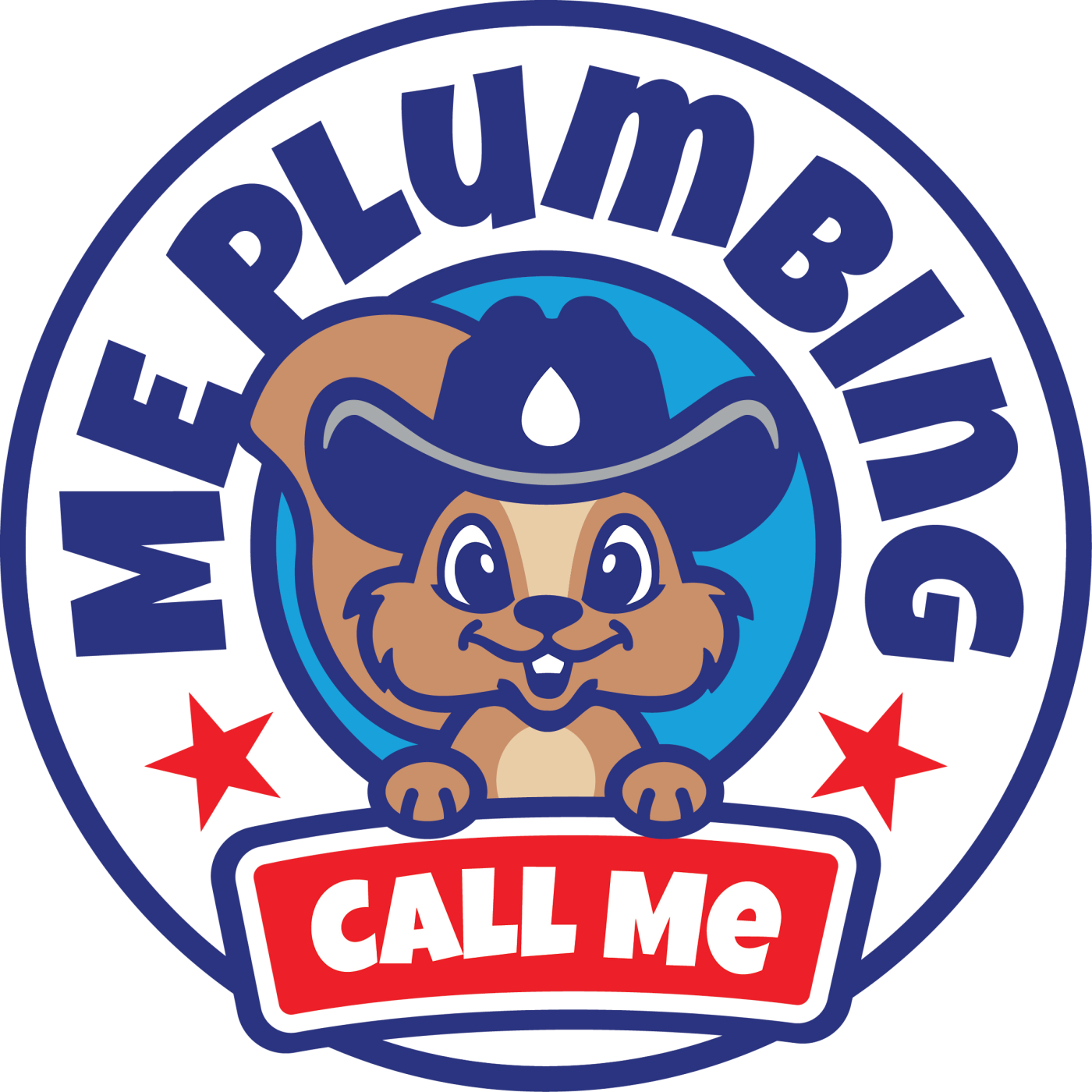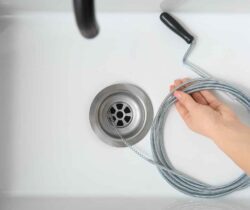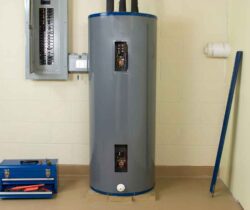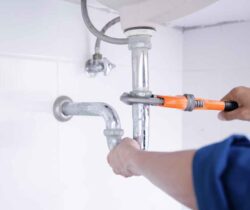Common Causes of Clogged Sewer Lines in Texas and How to Prevent Them
How Your Sewer Line Works
Understanding how your home’s sewer system functions makes it easier to spot problems early. Your sewer line is the main pipe that carries wastewater from your sinks, showers, toilets, and appliances out to the municipal sewer system or your septic tank. When everything is working correctly, waste and water flow smoothly through your pipes and out of your home. However, if the sewer line becomes blocked or damaged, wastewater can back up into your plumbing fixtures. This can lead to unpleasant odors, slow drains, and potential water damage. Because your sewer line sits underground, it is often out of sight and out of mind until something goes wrong. Regular maintenance and professional inspections are the best ways to make sure your system stays clear and reliable. M.E. Plumbing helps Texas homeowners understand their sewer systems and provides expert cleaning and repair services to prevent costly emergencies.Common Causes of Clogged Sewer Lines in Texas
Sewer line blockages can come from a variety of sources, but some causes are especially common in Texas due to the region’s climate, soil conditions, and vegetation. Knowing what leads to clogs can help you take steps to prevent them before they cause serious damage. Here are some of the top culprits behind clogged sewer lines in Texas homes:- Tree root intrusion: Mature trees are beautiful, but their roots naturally seek out moisture underground. They can break into sewer pipes through small cracks or joints, creating blockages that trap debris and restrict flow.
- Grease, oil, and food buildup: Pouring cooking grease, oils, or food scraps down the drain can cause sticky buildup inside pipes. Over time, this residue hardens and blocks wastewater from passing through.
- Flushing non-flushable items: Paper towels, wipes, feminine hygiene products, and even “flushable” wipes don’t break down properly. These materials can easily clog your sewer line and cause backups.
- Aging or corroded pipes: Many older Texas homes still have clay or cast iron sewer lines. These materials can crack, rust, or collapse, reducing flow and allowing roots or soil to enter.
- Soil movement and shifting foundations: Texas’ clay-heavy soil expands and contracts with changes in moisture, which can cause underground pipes to misalign or break.
- Heavy rain or flooding: Sudden storms can overwhelm local drainage systems, pushing debris and sediment into your sewer line and slowing flow.
Warning Signs of a Clogged Sewer Line
A clogged sewer line rarely happens overnight. Most blockages build up gradually, showing early signs before turning into a full plumbing emergency. Recognizing these warning signs early can help Texas homeowners avoid costly repairs and water damage. Here are some of the most common symptoms of a developing sewer line clog:- Multiple slow drains: When sinks, tubs, and showers all drain slowly, it often indicates a blockage deep within the main sewer line.
- Gurgling sounds: Bubbling or gurgling noises from drains or toilets suggest trapped air caused by a partial blockage.
- Foul odors: Persistent sewer smells inside or outside your home can signal that wastewater is not flowing properly.
- Water backing up in fixtures: If flushing a toilet causes water to rise in a bathtub or shower, it’s a strong sign that your main line is obstructed.
- Soggy or foul-smelling patches in the yard: These may point to an underground leak or backup in your sewer pipe.
How to Prevent Sewer Line Clogs
Preventing sewer line blockages is much easier and less expensive than dealing with a major backup. A few consistent habits and occasional professional services can help keep your Texas home’s plumbing system in top shape year-round. Here are some of the best ways to prevent sewer clogs:- Schedule regular inspections: Annual sewer inspections help detect buildup, cracks, and root growth before they cause blockages. Camera inspections are especially helpful for older Texas homes with aging pipes.
- Invest in hydro jetting: Professional hydro jetting uses high-pressure water to remove grease, roots, and debris, restoring your sewer line to like-new condition.
- Watch what you flush: Stick to human waste and toilet paper only. Items like wipes, feminine hygiene products, and paper towels belong in the trash, not the toilet.
- Dispose of grease properly: Pour used cooking grease into a container and throw it away after it cools. Even small amounts of grease can harden and cause blockages.
- Install root barriers: If you have large trees near your sewer line, root barriers can help keep their roots from reaching the pipes.
- Keep an eye on older systems: Clay or cast iron pipes are more likely to develop cracks and corrosion. Replacing them with PVC or other modern materials can reduce long-term maintenance needs.
Why Professional Sewer Maintenance Matters
Even with good habits, some sewer line issues require professional tools and experience to address properly. Texas soil conditions, root growth, and aging infrastructure can make DIY solutions ineffective or even risky. Regular professional maintenance ensures your sewer system stays clean, functional, and free from hidden damage. Here’s why professional service makes a difference:- Accurate diagnostics: Licensed plumbers use camera inspections to locate blockages, cracks, or root intrusions without digging up your yard.
- Thorough cleaning: Hydro jetting clears out years of buildup, grease, and debris that traditional snaking methods may miss.
- Preventive repairs: Minor cracks or early root growth can be repaired before they turn into costly replacements.
- Improved efficiency: A clean sewer line helps your entire plumbing system run more smoothly, reducing wear on pipes and fixtures.
- Peace of mind: With routine maintenance, you can trust that your system is prepared for heavy rain, soil movement, or seasonal changes common in Texas.



